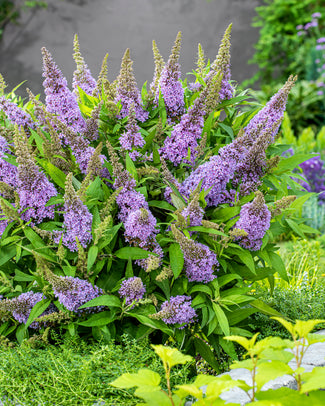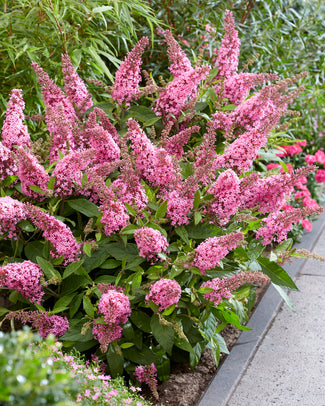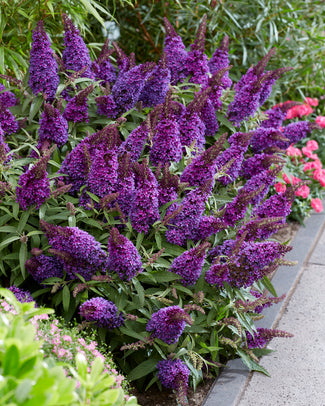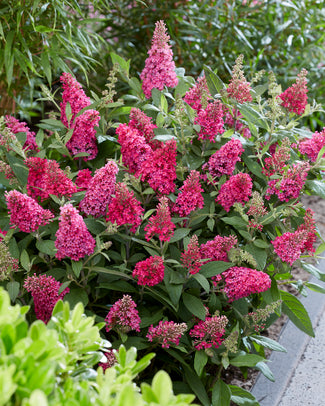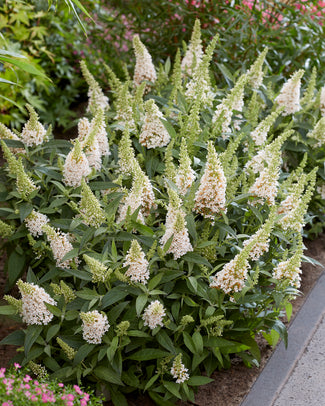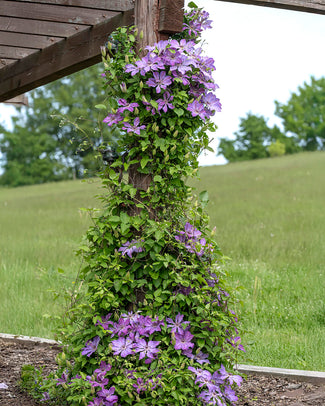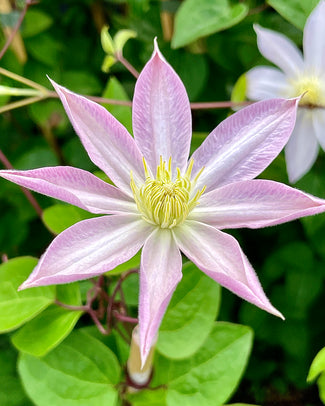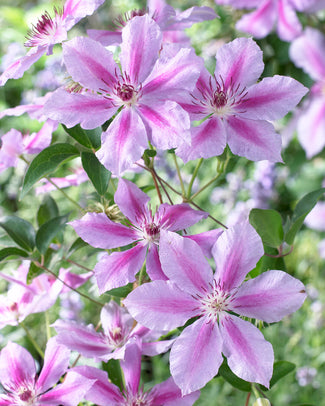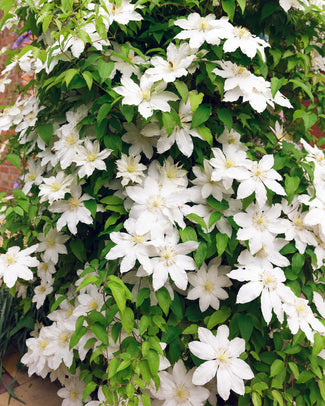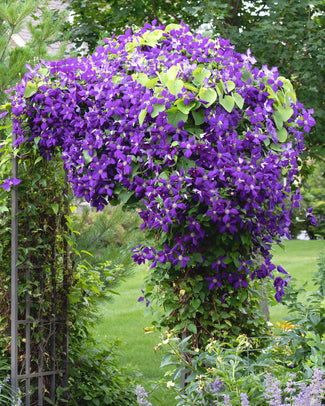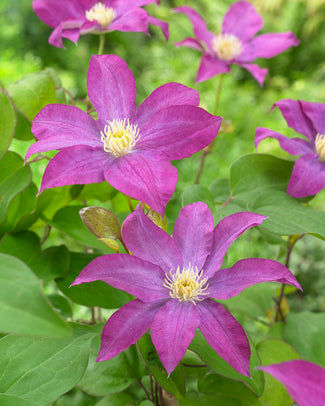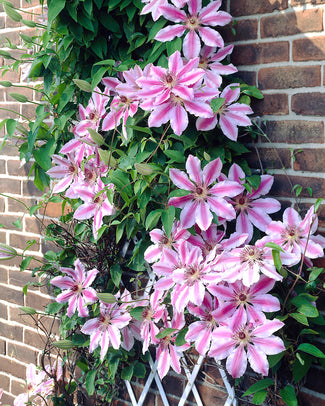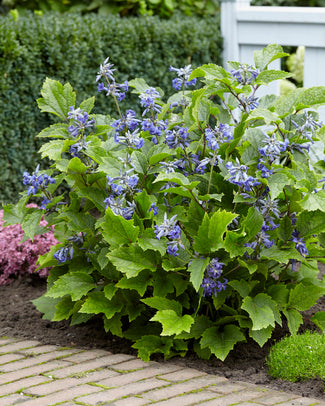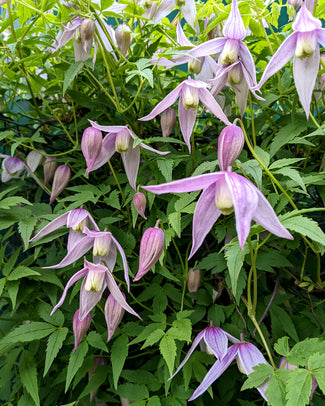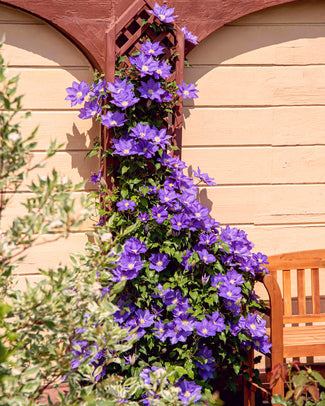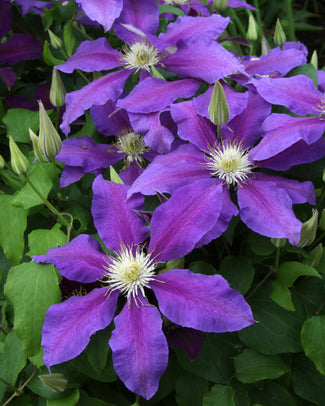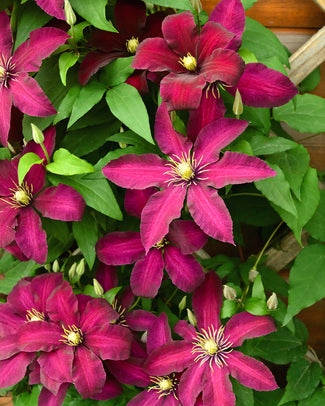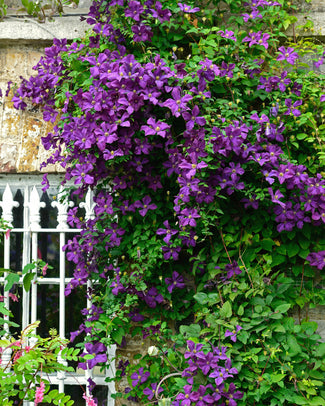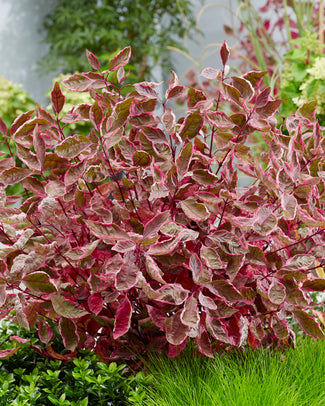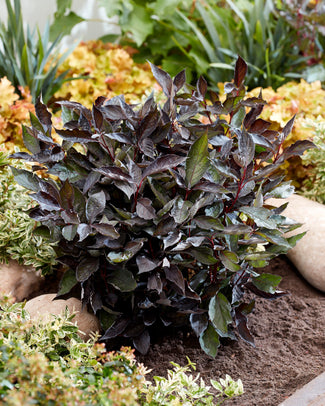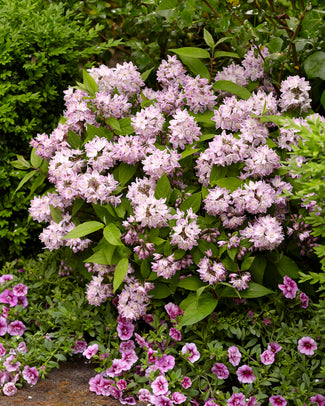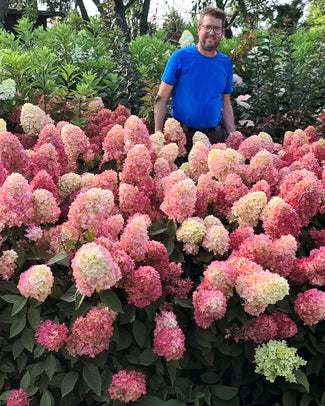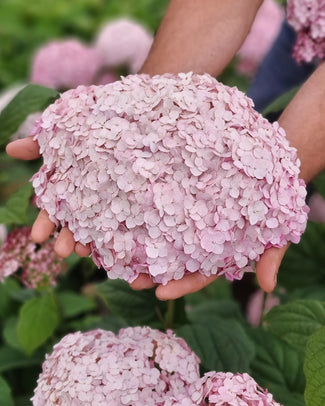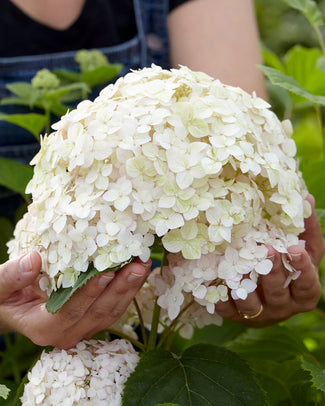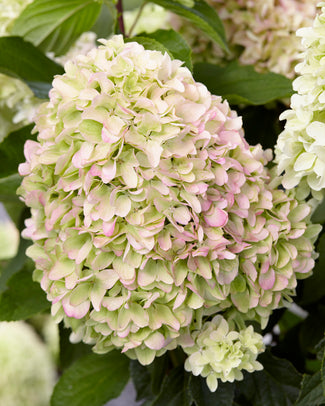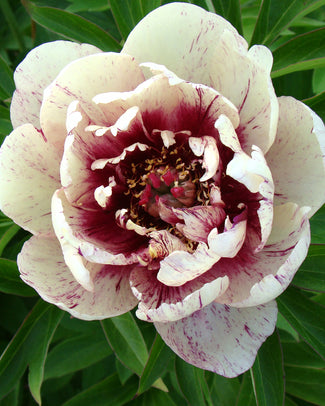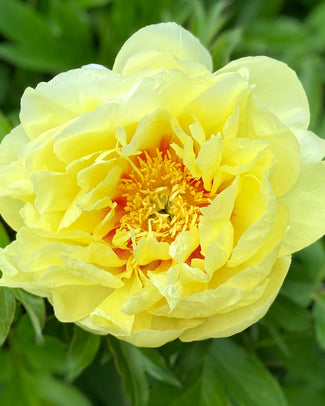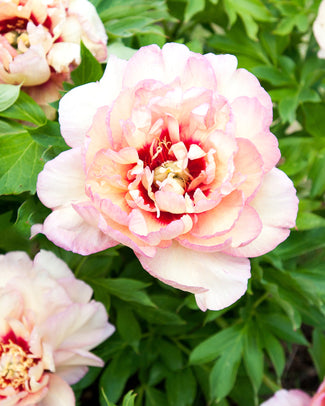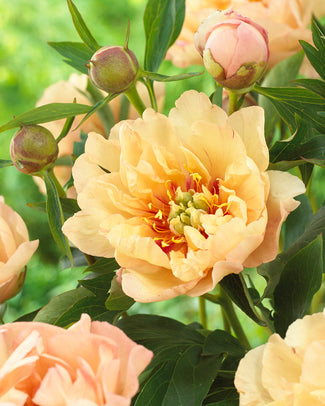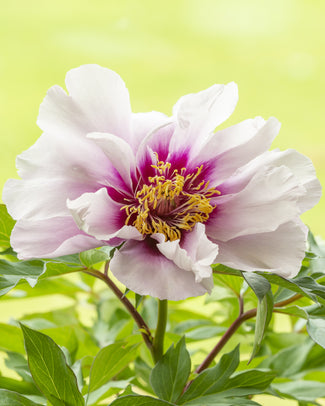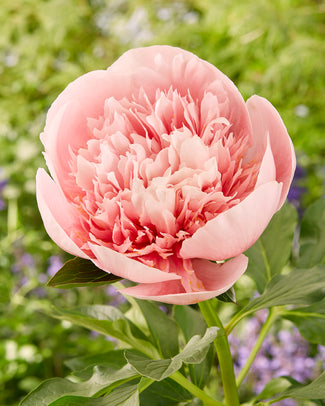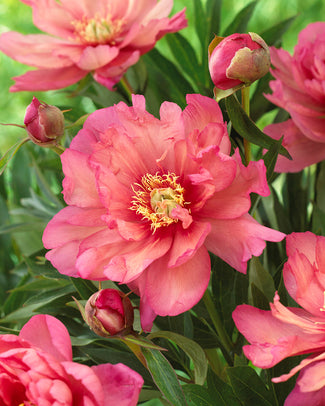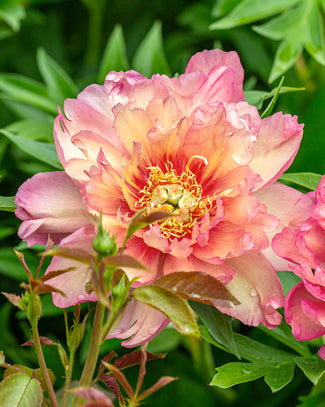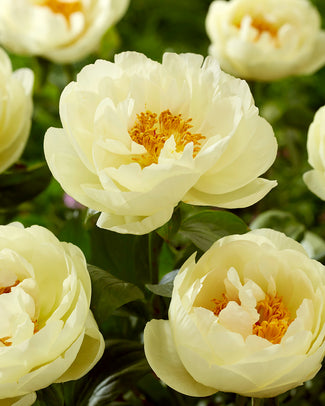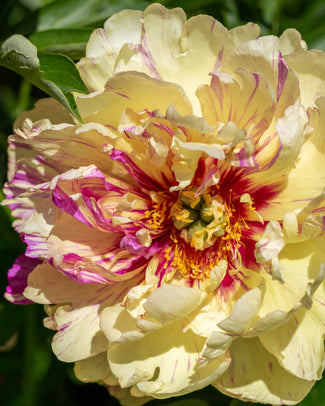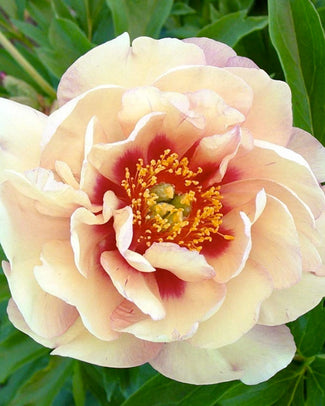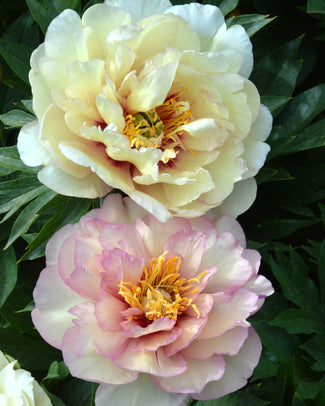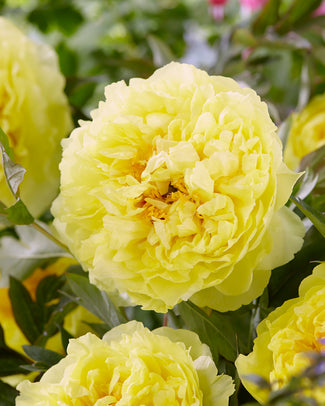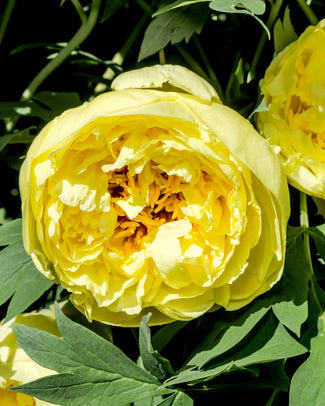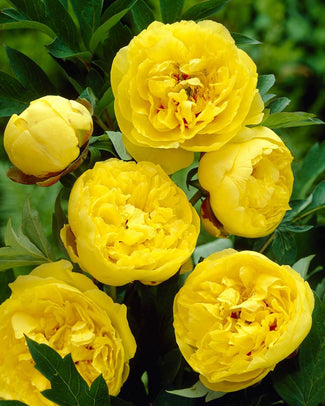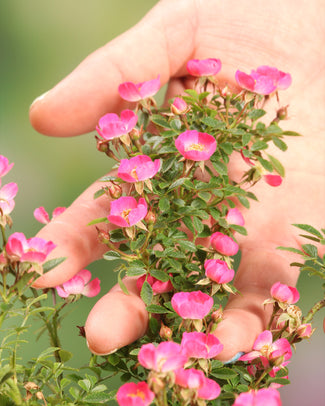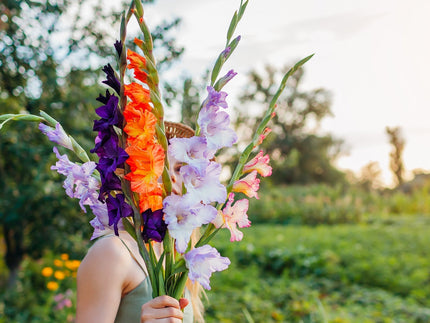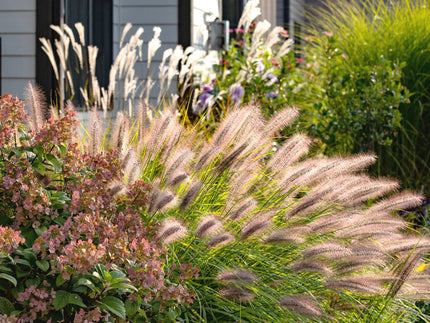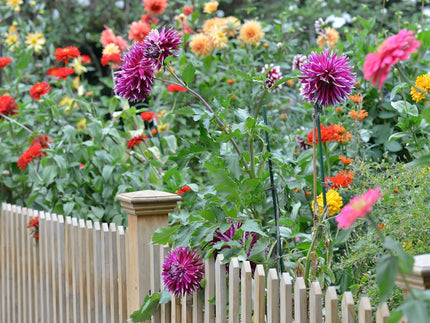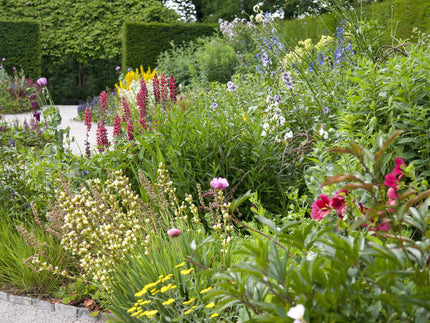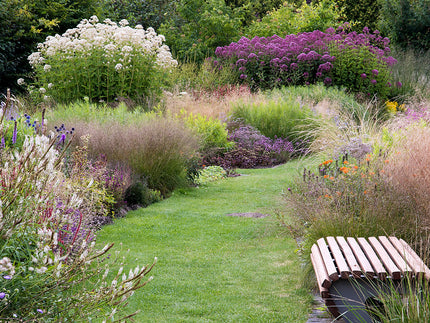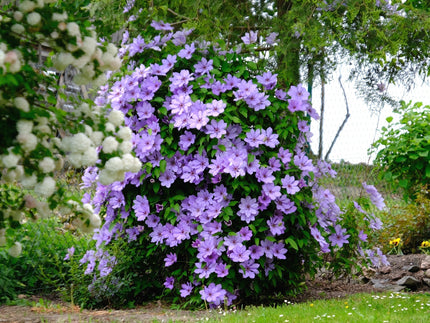How to plant Hydrangea
Hydrangeas are shrubs grown for their large mophead or panical shape flower heads in late summer, they’re low maintenance and produce a show which improves every year. Fully frost hardy, they prefer to grow in partial shade in moist but well drained and fertile soils however they can tolerate full sun if the soil is reliably moist (but not boggy) throughout summer. Having a diverse range of size, colours and form, there is a Hydrangea for every garden, from large country to small courtyard gardens and pots!
How to plant
- Plant Hydrangea bare roots in spring between February and May, ideally within a week of delivery.
- Soak the roots in water for 3-6 hours prior to planting. Prepare a hole large enough to accommodate the roots so that they will be fully submerged after planting. Any top growth, including stems and branches should remain above the soil surface after planting. Ensure the hole is the correct depth so that the soil is level with the point at which the roots meet the stem.
- Improve the initial growing conditions by digging in some organic matter like compost or leaf mould to the planting hole, this soft texture will help the roots settle in and grow.
- When the shrub is in place, backfill the hole and firm down. Water thoroughly to settle the soil around the roots and hydrate the plant.
- They can also be potted into temporary pots with multipurpose compost and grown on prior to planting out, this produces more reliable results if the soil in your garden is poor. If potting up first, grow them on in a sheltered spot outside. They can be transplanted to suitable growing positions after 2-4 months or once growth is established and the plant easily comes out of the temporary pot with the soil held intact in a root ball.
- When planting into the garden, choose a position in partial shade. Hydrangea prefers a moist but well-drained soil.
- This shrub is deciduous and will lose its leaves in autumn. It is fully hardy and does not require winter protection.
- Water when planted and regularly for the first year while the plant establishes. Once established, watering should only be necessary in particularly dry spells.
Aftercare
- Allow the flowerheads to remain on the shrub until early spring the following year. If deadheaded before or during winter, there is a chance that frost will damage the emerging buds.
- Prune in mid spring if needed to keep to size. You cut back by one third, cutting the branches just above a point where new buds are breaking. You should prune no further than three buds from the base of each stem.
- Hydrangea make impressive cut flowers, both fresh or dried.
































































































































































































